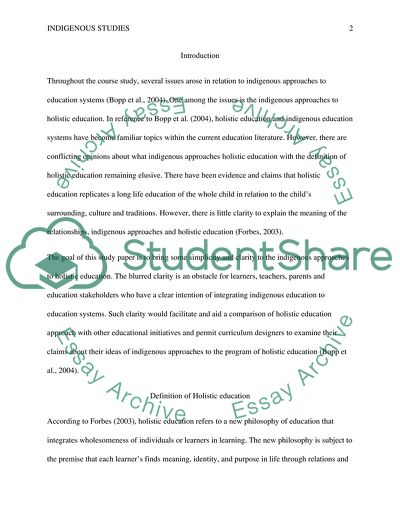Cite this document
(Indigenous Approaches to Holistic Education Assignment, n.d.)
Indigenous Approaches to Holistic Education Assignment. Retrieved from https://studentshare.org/education/1853272-indigenous-studies-301-assignment6
Indigenous Approaches to Holistic Education Assignment. Retrieved from https://studentshare.org/education/1853272-indigenous-studies-301-assignment6
(Indigenous Approaches to Holistic Education Assignment)
Indigenous Approaches to Holistic Education Assignment. https://studentshare.org/education/1853272-indigenous-studies-301-assignment6.
Indigenous Approaches to Holistic Education Assignment. https://studentshare.org/education/1853272-indigenous-studies-301-assignment6.
“Indigenous Approaches to Holistic Education Assignment”, n.d. https://studentshare.org/education/1853272-indigenous-studies-301-assignment6.


